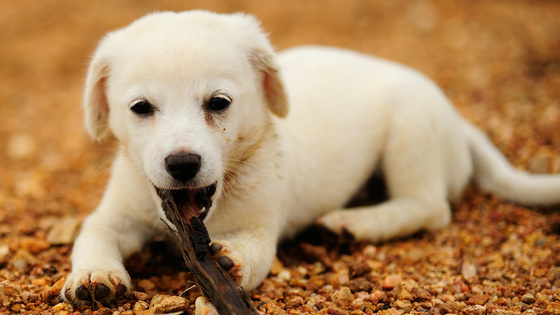Experimental results show that bonobos can sense what humans don't know and give them hints

by
A new study has shown that bonobos, the ape closest to humans, can teach their human partners the location of a snack that only they know. This seemingly simple study has been praised for demonstrating that apes also possess advanced intellectual abilities that have previously been thought to be unique to humans: detecting knowledge gaps, adjusting their behavior, and cooperating through communication.
Bonobos point more for ignorant than knowledgeable social partners | PNAS
https://www.pnas.org/doi/10.1073/pnas.2412450122
Bonobos recognize when humans are ignorant, try to help - Ars Technica
https://arstechnica.com/science/2025/02/bonobos-know-when-youre-clueless/
Mind-Reading Bonobos Show They Know What You Miss
https://scitechdaily.com/mind-reading-bonobos-show-they-know-what-you-miss/
The experiment, conducted by Luke A. Townrow and Christopher Krupenie of the Department of Psychology and Brain Sciences at Johns Hopkins University, involved hiding a treat in one of three cups, a common magic trick.
You can get a good idea of what the experiment is like by watching the video below.
Apes Eagerly Pointed Out the Location of Treats to Humans Who Didn't Know Where They Were - YouTube
Three cups are placed in front of the bonobo's cage.
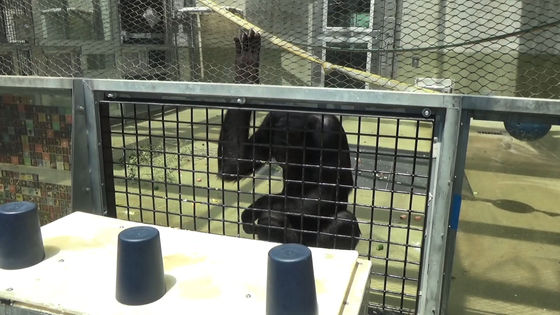
At the table is Mr. Townrow, who plays Bonobo's partner, but he cannot see the cup because it is separated by a black board.
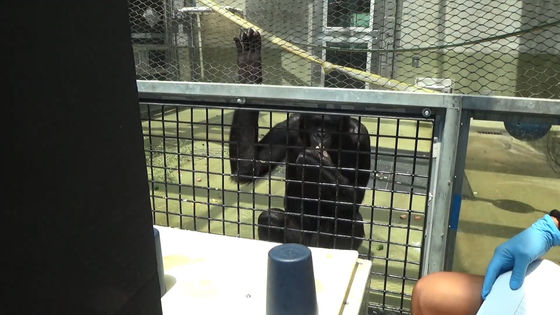
Another experimenter next to them hid a grape snack under the right cup.
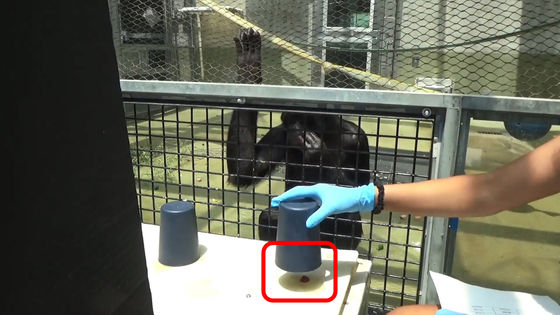
After the board was removed, Townrow asked, 'Where are the grapes?' The bonobo pointed to the cup on the right.
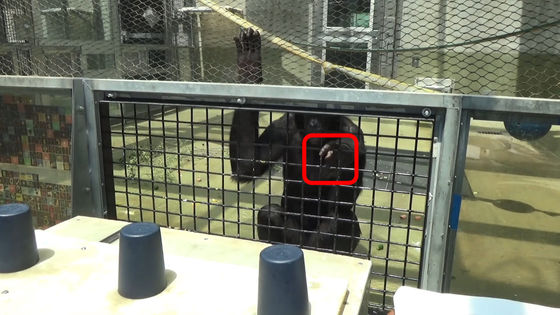
Because the answer was correct, the bonobo got a treat.
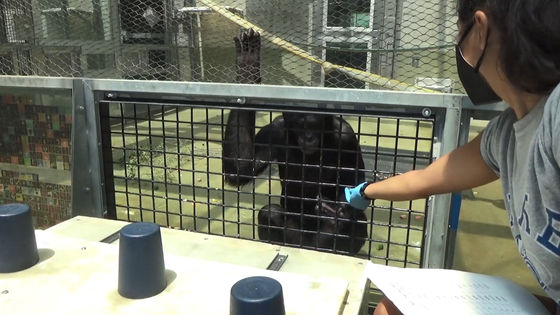
'This suggests that apes can hold two opposing views of the world at the same time,' Krupenje said. 'They know exactly where the food is, but at the same time they are aware that their partner lacks this information.'
The experiment was divided into two parts: a 'knowledge experiment' (top), in which the bonobo and its partner could see the scene where the treat was hidden, and a 'ignorance experiment' (bottom), in which the partner did not know where the treat was hidden. The video above was taken during the ignorance experiment.
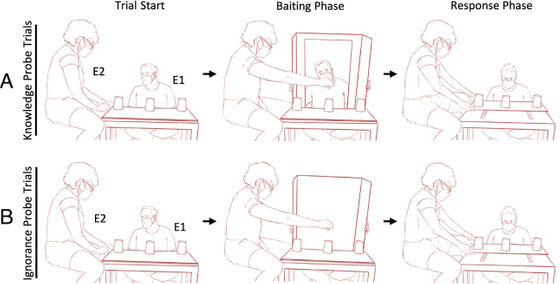
This experiment confirmed that bonobos pointed to the correct cup significantly more frequently in the ignorance experiment than in the knowledge experiment.
The graph below shows the results of the experiment, comparing the frequency of pointing by three bonobos in the ignorance experiment (light blue: Ignorance) and knowledge experiment (blue: Knowledge). Teco, the youngest of the three, was impatient and pointed quite frequently in both experiments, but still pointed slightly more when his partner did not know where the treat was.
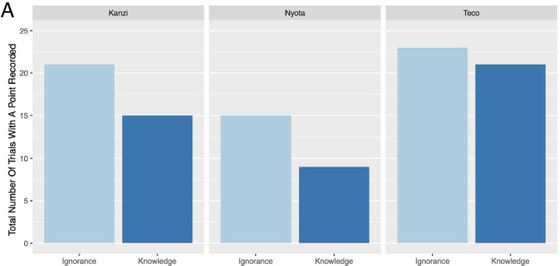
'The ability to sense gaps in each other's knowledge is at the heart of our most sophisticated social behaviors and how we cooperate, communicate and work strategically together,' said Krupenje. 'This trait, called ' theory of mind ', underpins a number of uniquely human abilities, such as the ability to teach and language, and is therefore thought by many to be lacking in animals. However, this study suggests that humans and apes share a rich mental foundation and that these abilities evolved in our common ancestors millions of years ago.'
Related Posts:
in Free Member, Video, Science, Creature, Posted by log1l_ks
